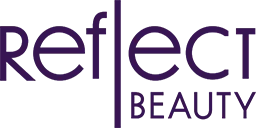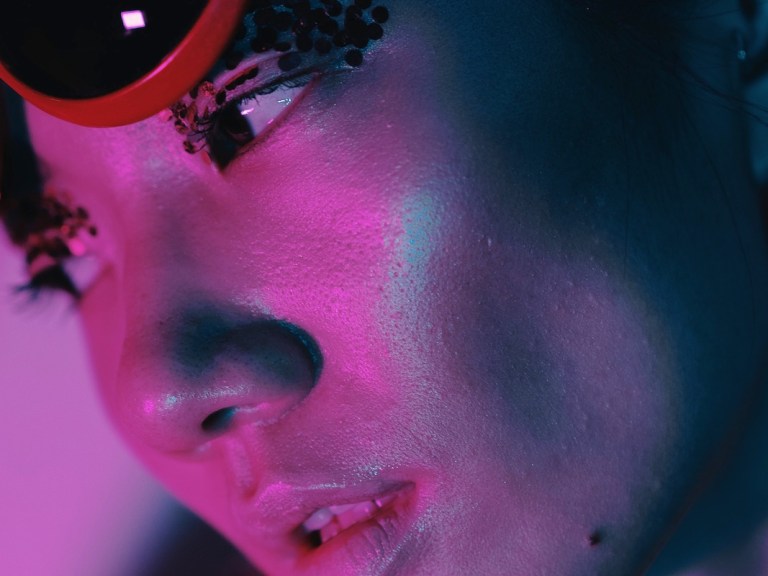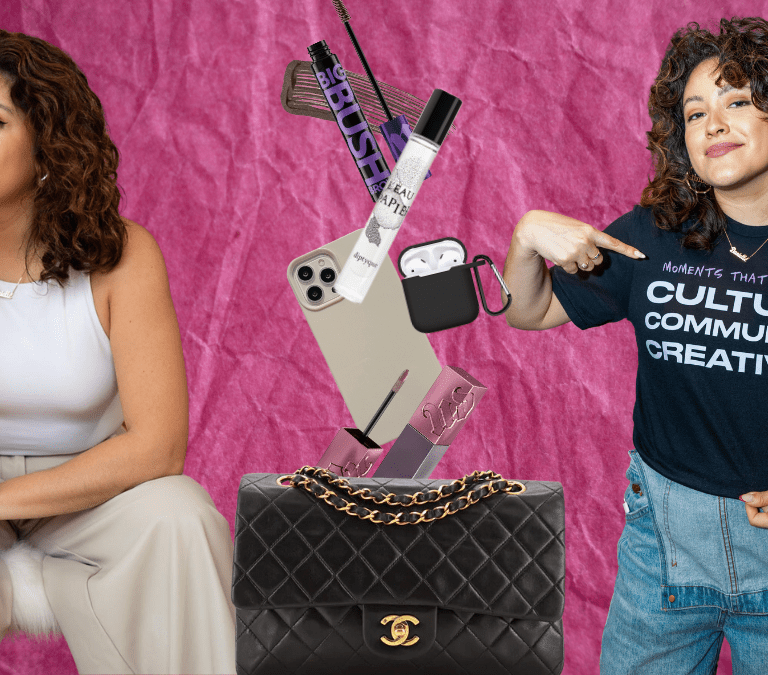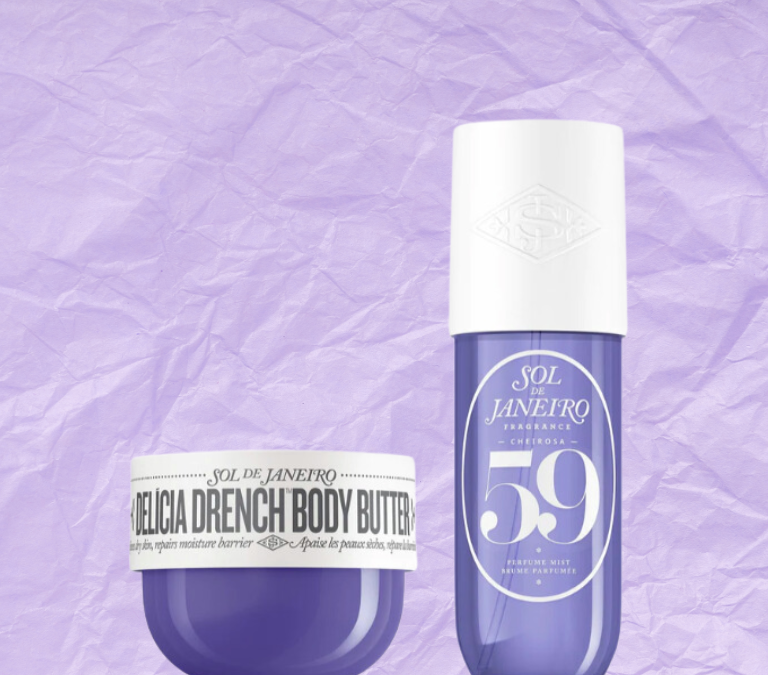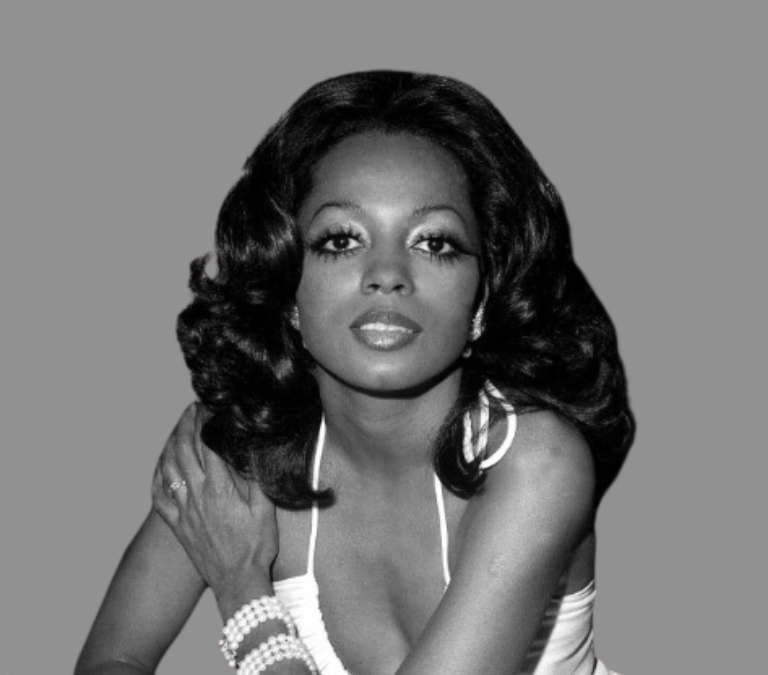Ready to discover the best of makeup, haircare, and skincare for the needs of multicultural women? Welcome to Makeup Week of the first-ever Reflect Beauty Awards! Here’s my perspective on makeup, as an Asian American woman of a certain age.
The YouTube and Instagram beauty guru trend of the 2010s has its problems. But look past the controversies around undisclosed sponsorships, excessive editing, and the glorification of consumerism, and you’ll find one huge benefit that traditional beauty media has never offered before: No matter what shape, size, or color you are, you can find advice tailor-made for your features and your skin tone, from someone who knows what they’re talking about, because they actually look like you.
For me, this is a huge deal.
Growing up Asian-American in the dark ages before beauty blogs and YouTube makeup tutorials, I had no idea how to make makeup work for my features. Designed for Caucasian faces, the diagrams on the backs of eyeshadow palettes bewildered me. Where does the crease color go when my eyes don’t have creases? The instructions given in the glossy pages of magazines didn’t help me either. It’s hard to follow instructions for bringing out bone structure when the bone structure being emphasized is completely different from mine.
The frustration I felt at never achieving the advertised looks made me feel inferior in my own face, as if my features were the problem.
It wasn’t until I discovered video tutorials from makeup artists like Pony and Jung Saem Mool and blogs like the now-inactive B for Bun Bun that I learned my face wasn’t the problem; the problem was trying to follow advice that wasn’t intended for me.
Individual tastes and aesthetics vary, of course, but here are some of the things I’ve learned, both from watching East Asian makeup artists and getting to know a few in my offline life:
- A softer, straighter brow flatters my smaller, flatter features better than the more sharply arched and dramatically tapered brows that I’d been attempting for years. Instabrows are better for emphasizing stronger and more prominent bone structures than mine.
- Speaking of bone structure, contouring in the Western style is next to pointless on my very traditionally East Asian face. Faking angled planes and deep hollows that aren’t there requires a lot of work and a lot of product for very little payoff, when I can instead play with soft washes of blush and highlight to achieve subtle, natural-looking dimension.
- A vertical gradient of eyeshadow shades defines and deepens my monolidded eyes in ways that my struggles with “crease colors” never could.
Attempting to replicate makeup looks designed by non-Asians for non-Asians always felt like trying to emulate non-Asian features. Discovering makeup advice from Asians, for Asians, has taught me how to enhance and love the features I already have. That, to me, has been a game-changer.
Of course, the diversity of the current beauty guru landscape doesn’t only benefit East Asians. While South Asian bone structures more closely align with Western ones, differences in skin tone and overall coloring also create makeup challenges, which South Asian makeup artists are addressing beautifully.
Reflect Beauty and the Reflect Beauty Awards celebrate the diversity of today’s beauty community. Those of us who were once left out of the makeup conversation are now joining in, using our platforms and our voices to show others how we make the products and trends work for us. As a beauty blogger and Reflect Beauty’s Asian editor, I’m so proud to be a part of this conversation by introducing the winners of our makeup awards.
Ready to find your winners? Watch East Asian makeup artist Sandy Lin use Dollywink eyeliners, Ardell Wispies false lashes, and the Karity Rose All Day Palette to achieve a dramatic editorial eye look that’s perfect for East Asian Eyes, and check out the depth and richness of color in the Anastasia Beverly Hills Jackie Aina Palette that South Asian MUA Sheba Snow uses for her lids.
[wpvideo LryY68Kq]
It’s about time we stopped trying to change the shape of our features to fit someone else’s ideal. Learning from artists who look like us is the first step to embracing our own unique beauty so that, whoever we are and wherever we’re from, we can shine.
